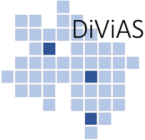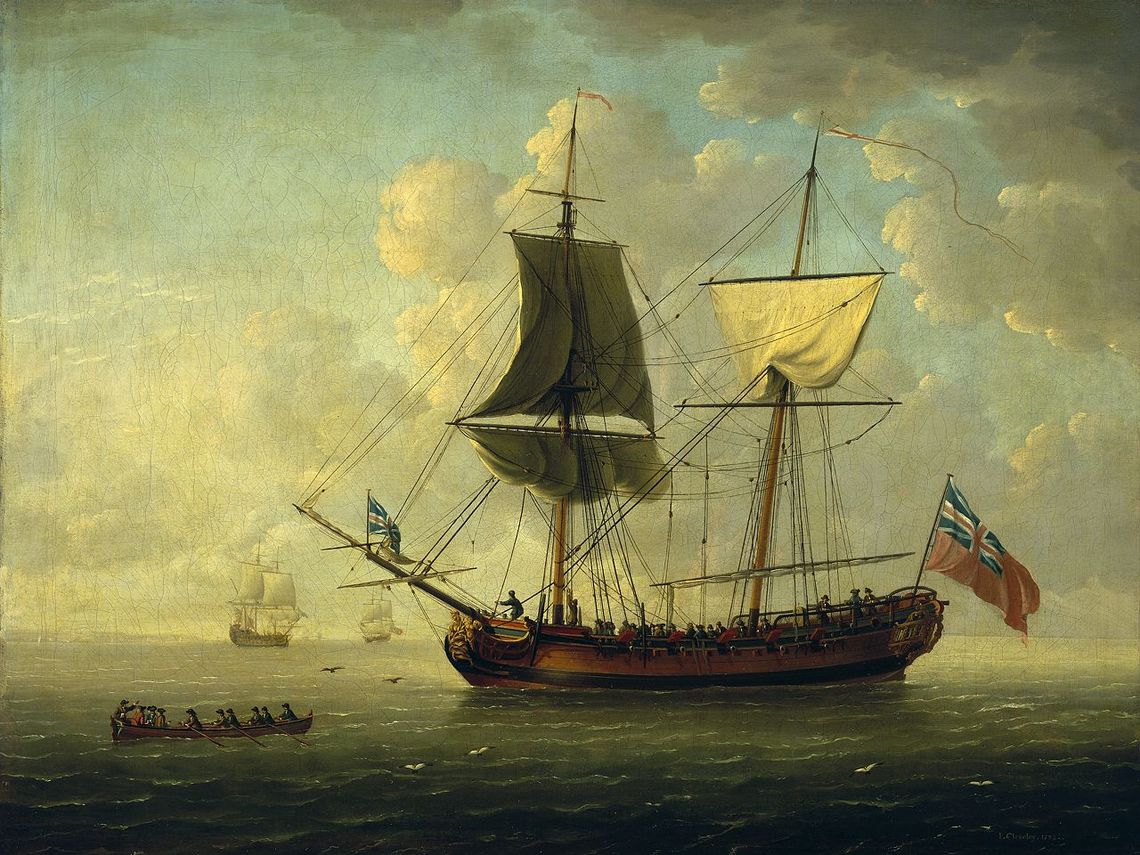The Project
The Project
Project duration: 2023-2026
Working on two case studies, the DiViAS research network is applying various interlinked analytical methods and techniques for the spatio-temporal indexing and representation of collection items from colonial contexts. Central to this are two conceptually related issues of collection research: movement (space, time, origin) and materiality (physicality, characteristics, origin).
The research considers both the information associated with the objects as well as their physical characteristics. Qualitative and quantitative methods from History and Cultural Studies and object-related analytical processes from Collection and Provenance Research and from Historic Materiality Research are combined with methods of Metrology (3D Digitisation), (Geo)Informatics and Artificial Intelligence (Data Science). The collected data will be managed and made accessible by newly developed database structures (spatiotemporal data management). These will take exisiting standards (data infrastructure: data indexing, backup, and provision of access) into account. With visualisation techniques the data will be merged into e-tangibles and thus, made visually accessible to users. At the core of both case studies remains the question of meaning from a critical heritage perspective.
Case Study 1 – Movement in Space and Time
This case study is divided into two analyses. The first one analyses ship routes based on the Prize Paper holdings of the National Archives in London. The second investigates acquisition and ship routes based on the provenance and collector biographies that are part of the collections from the South Sea of the State Museum Nature and Human (Landesmuseum Natur und Mensch). The methodological collaboration between historiography, data science and research into provenance and collector biographies is central to the findings of the case study.
Case Study 2 – Materiality in Space and Time
This case study is divided into two transdisciplinary analyses. One is based on the Kuprejanov-collection of the State Museum Nature and Human (Landesmuseum Natur und Mensch), the other on the Prize Papers of the National Archives in London. At its core, the case study explores the insights gained through the methodological collaboration of 3D digitisation, historical research and ethnological provenance research on objects.
Cross-Sectional Task: Spatiotemporal Data Management
Cultural heritage objects almost always have a temporal reference. Common examples include the times or periods of their creation, modification, or acquisition. In written documents events may be referenced where the timing or date is crucial. Sometimes such temporal references are very vague. The use of a (usually unmentioned) temporal reference system must also be taken into account when evaluating such data. Spatial references are also important to identify the origin or current location of collection items. Written documents may contain information on and names of specific locations. This information however is often vague or difficult to interpret, for instance, the name used in the document may no longer be in use or may be imprecise. In addition, the collection objects and their 3D digitised versions have their own spatial dimension and spatiotemporal data.
Cross-Sectional Task: Visualisation/Presentation
The challenge of adequately visualising spatiotemporal data and spatial objects lies in the fact that these objects have different spatial and temporal components, and the data is available at varying levels of detail. Additionally, different users have different needs regarding visualisation. For more advanced analyses and visualisations, the interplay between space and time is significant. This allows, for example, the acquisition context of a collection item or a described journey to be traced and connected with other events or collection items. Therefore, different visualisations need to be developed and designed for different objects, and these must be tailored to diverse target audiences.
Cross-Sectional Task: Data infrastructure
Within the framework of the Lower Saxony Cultural Heritage programme (Kulturerbe Niedersachsen), the technical infrastructure provided aims to index collection items from research processes in the humanities and cultural sciences. Its goal is to ensure sustainable access to these collections, catering to the needs of research and education. The use of the provided content generates additional data products derived from the primary data. This places additional technical and conceptual demands on a community- and user-oriented infrastructure. These data products must be processed so that they can be used in further research processes and made available for innovative indexing and analysis methods. Existing metadata models need to be enhanced and interfaces for data exchange need to be expanded to meet specific needs.


